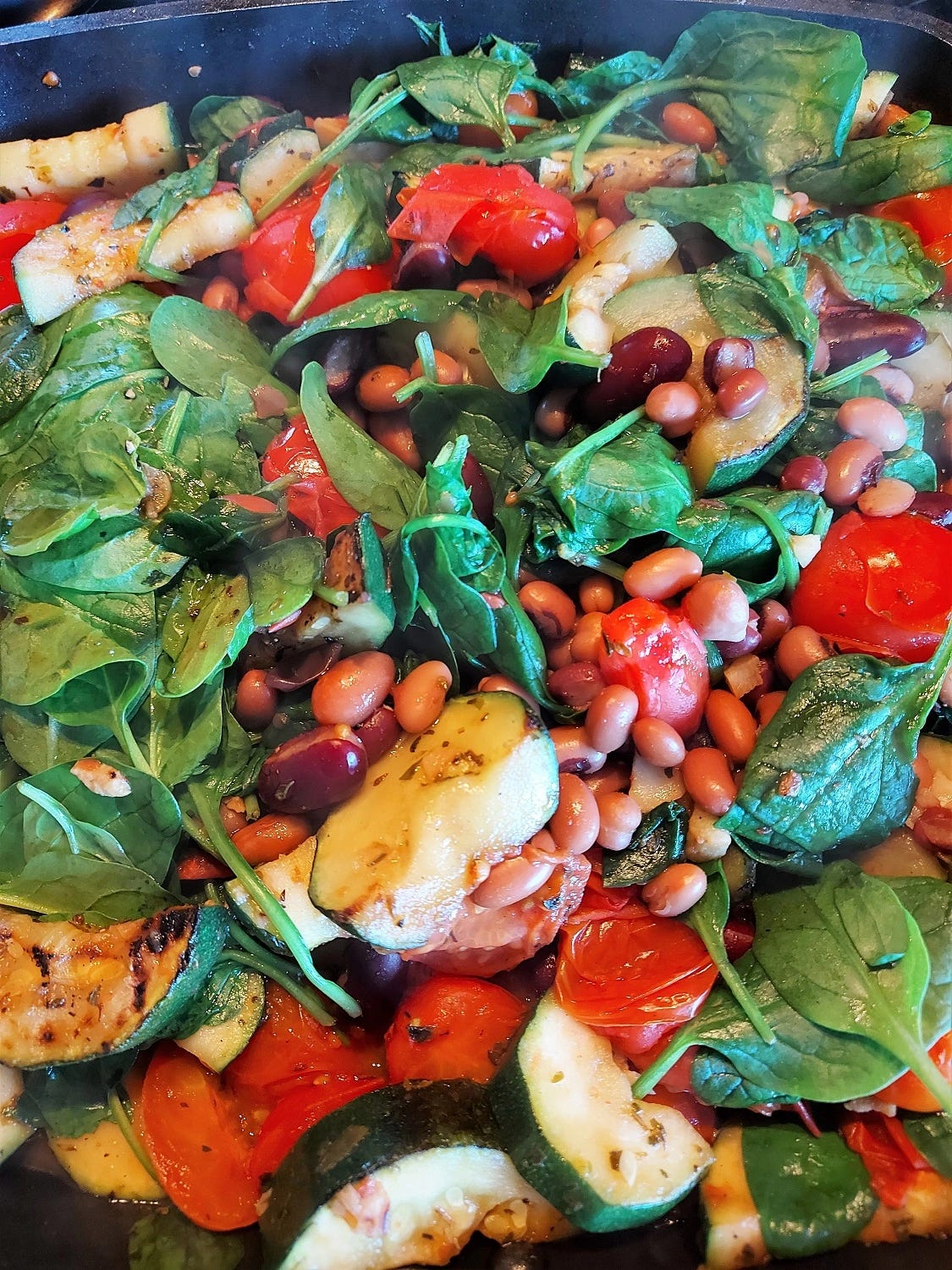Healthy Ageing
Being young doesn’t mean you’re safe from the effects of ageing. There are people in their 20s who already show signs of “ageing” - deteriorating muscle mass, loss of balance, unstable blood sugar, etc. Meanwhile, others who are in their 70s are the picture of health.
Maybe you’ve noticed that you don’t leap out of bed as quickly as you used to. One of the key reasons is that your cell powerhouses, called mitochondria, diminish in vigour and quantity as you age. This slows down your rate of recovery. The good news is that there is hope for slowing down this process or even reversing it.
Good things happen when you exercise
Exercise increases blood flow to the brain. When we exercise our muscles secrete BDNF (Brain-Derived Neurotrophic Factor). BDNF has been described as fertilizer for the brain. It is an essential substance for memory, cognition and optimal ageing.
Exercise is vitally important so that fluids in your body can easily move toxins to the organs that process them.
It appears that our cells have a shelf life. Structures on the tips of our chromosomes, called telomeres, grow shorter when cells divide. Eventually, they get too short to work properly. This causes our cells to age and stop working. Evidence has shown that physical activity may reduce telomere shortening observed with ageing.
Newer studies indicate that our bodies (especially older bodies) get more out of short bursts of interval training rather than slow-and-steady exercise. Don't be put off by the term interval training. It can be as simple as stepping up and down vigorously for a short time. More examples below.
What the researchers found
Researchers at the Mayo Clinic in Rochester, Minnesota, carried out an experiment on 72 healthy but sedentary men and women. Half the group was 30-year-olds or younger. In the other group, participants were at least 65 years old. The men and women were randomly assigned to a particular exercise programme, ranging from gentle to more intense.
After 12 weeks, when muscle tissue was examined, researchers noted improvements in all those who had exercised. Interestingly, the biggest improvement was in the older group. Short bursts of intense exercise reversed the ageing decline in their cells and boosted their lung, heart and circulation health.
Dr. Sreekumaran Nair, the study’s senior author said that “older people’s cells responded in some ways more robustly to intense exercise than the cells of the young did. It seemed as if the decline in the cellular health of muscles associated with ageing was corrected with exercise, especially if it was intense”.
It is never too late to benefit from exercise.
High-intensity interval training (HIIT)
HIIT is all about intensity – you don’t have to exercise for very long, but you have to put in as much effort as possible. An article in the Irish Times last month detailed how fitness gains were achieved with bouts as short as 4 seconds!
A New York Times article gives examples of workouts that offer maximum health benefits in a short time frame.
While high-intensity training is shown to provide benefits in reducing the effects of ageing, it will not suit everyone for many reasons, including a person’s current health and fitness. You should check with a medical professional before engaging in any of the activities outlined above.
Post-Workout Meal | Courgette & Bean Pasta
Ingredients
2 medium courgettes, slice in half lengthways and then slice in small chunks.
1 can of cooked beans (see note below)
200g/7ozs whole grain pasta
1 tsp extra virgin olive oil
250g/9ozs cherry tomatoes (see note below), halved.
120g/4ozs spinach, torn
4 cloves garlic, finely chopped
1 tsp dried oregano
Salt & pepper
½ cup of basil
Parmesan cheese (optional)
Method
Cook pasta as per instructions until it is firm, not soft.
While pasta is cooking, coat a large frying pan with oil and heat.
Add the courgettes, oregano and garlic to the hot pan and cook for 5-7 minutes.
Add the cherry tomatoes and beans and cook for another 3 mins, stirring occasionally.
Fold in the spinach and continue stirring for 1 minute.
Season with salt and pepper
Scatter with fresh basil and parmesan if desired.
Notes
Beans are a good plant-based protein source. I use a mixture, but black beans, cannellini, or any other type are valuable. They provide carbohydrates for fuelling, are rich in fibre and nutrients, and will fill you. They also give your gut microbiome the food they love.
Cherry tomatoes are best for this dish as they hold their shape better than full-grown tomatoes.







